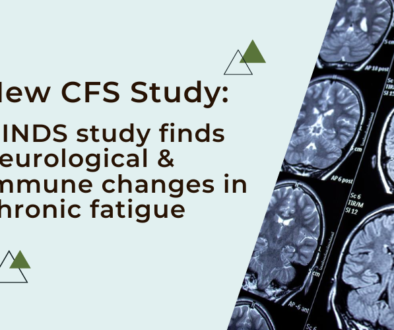Do brain retraining and neuroplasticity techniques work for chronic conditions like CFS?
The allure of effortless healing through brain retraining and neuroplasticity techniques has gripped the minds of many seeking relief from chronic conditions like CFS, fibromyalgia, and chronic pain. While these approaches offer tantalising promises of rapid recovery, the reality is far more nuanced.
Testimonials abound, painting a picture of remarkable transformations achieved within weeks or months. However, these testimonials don’t tell the entire story. A significant portion of individuals experience little or no improvement, leaving them questioning the effectiveness of these methods. Those unsuccessful often accuse these programmes of gaslighting them and of raising expectations without any real substance. Others say that if anyone recovers they never had CFS at all, but something less severe.
The key to unlocking the potential of brain retraining lies in understanding that it’s not a one-size-fits-all solution. Individual factors, such as adherence to the programme, compatibility with the brain’s unique makeup, and underlying emotional or subconscious issues, play a crucial role in determining success. It’s possible that some also need to deal with physical issues such as infections before brain retraining can be fully effective.
A holistic approach, encompassing not just brain retraining but also nutrition, lifestyle modifications, emotional release, and subconscious management, offers a more comprehensive and effective path to healing. Integrating alternative practices like acupuncture and vagus nerve stimulation can further enhance the process.
The challenge lies in finding a healthcare provider who possesses a deep understanding of these diverse modalities and can skillfully tailor a personalised healing plan. Neuroplasticity, while a powerful tool, requires patience, perseverance, and a willingness to explore various avenues to achieve lasting improvement.
In the pursuit of healing chronic conditions, a personalised approach coupled with a holistic perspective is essential. By addressing the multifaceted nature of these conditions, people can increase their chances of finding the path that leads to sustainable relief and a renewed sense of well-being.




